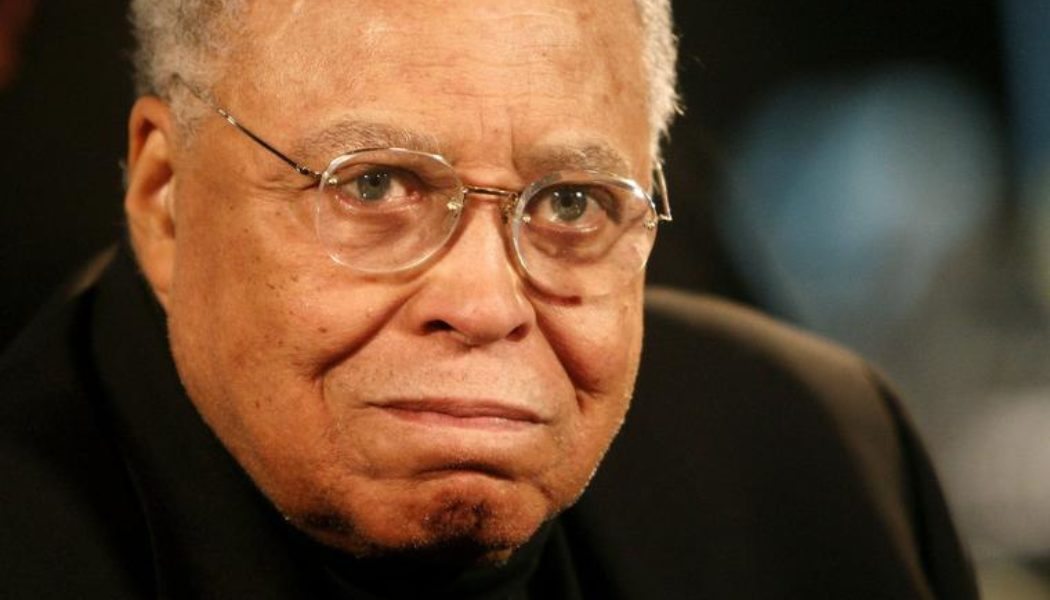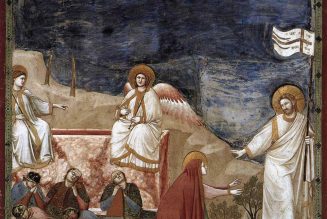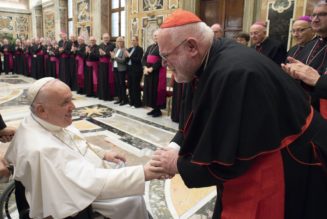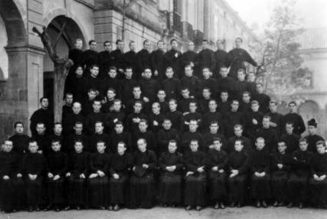
In ‘Jesus of Nazareth,’ James Earl Jones portrays Balthasar as driven by a delightful wonder of God and stars and galaxies far, far away.
For as brilliant as the entire 1977 television miniseries Jesus of Nazareth is, the most creatively realized sequences by director Franco Zeffirelli are arguably the depiction of the infancy narratives. This includes the episode of the Magi played, in their own idiosyncratic styles, by legendary actors Fernando Rey, Donald Pleasance and James Earl Jones, who died yesterday at age 93.
The origins of the Magi — traditionally named in the Latin West as Melchior, Gaspar and Balthasar — are mysterious. They are mentioned only in the Gospel of St. Matthew (2:1-12). However, all three are considered saints: St. Gaspar (Jan. 1), St. Melchior (Jan. 6) and St. Balthasar (Jan. 11), according to the Roman Martyrology.
For Balthasar, Zeffirelli cast Jones, then in his mid-40s, whose actor-father Robert Earl Jones had recently appeared in 1973’s The Sting. Italian-born Zeffirelli consciously evoked his Catholic upbringing and certain traditional characteristics that developed out of medieval art, particularly in the prominence placed on Mary (Olivia Hussey). He also did the same for the Magi. For the role of Balthasar, Zeffirelli was drawing on the remark from Pseudo-Bede in the eighth century, in which Balthasar was “a dark, fully bearded king.” The notion of this wise man as coming from some African kingdom is seen in subsequent depictions of the Wise Men, even if the idea contradicts their description in Matthew: “Magi from the east arrived in Jerusalem” (Matthew 2:1).
Moreover, Zeffirelli strikes a balance between the traditional depictions of the Magi as astronomers and kings. In Balthasar, Jones portrays both king and astronomer. “All my calculations show that there is to be a new heavenly creature, a new star. It was even precise as to place and time. So I made up my mind to set forth and see what will unfold,” Balthasar says. “The universe is about to bring forth a prodigy beyond our understanding!”
Zeffirelli here is linking Balthasar’s royal astronomer with the Magi’s desire to pay homage to this new “prodigy.” Zeffirelli’s deference to Mary again emerges in Jesus of Nazareth — the Magi follow the star. The three Magi find the Christ Child by way of the star. Mary is Stella Maris — Star of the Sea.
Pope Benedict XVI, writing in Jesus of Nazareth: The Infancy Narratives, acknowledges the various meanings placed on the Magi, naming four principal meanings: Magi as members of the Persian priestly caste; as possessors and users of supernatural knowledge and ability; as magicians; and as deceivers and seducers.
Benedict suggests the Magi as mentioned in Matthew 2 identify most closely with members of the Persian priestly caste — even if they were not exactly Persian priests. But as we see in James Earl Jones’ portrayal of Balthasar, the Magi are intellectually curious, philosophically bent, and driven by a delightful wonder of the universe and the divine meanings it suggests.
Benedict continues to ponder “what sort of people [the Magi] were,” who had the ability to understand astronomy but to also put it into the significance of the coming of the Messiah — and to thus set off on a journey by following a star. He then launches into one of his eloquent passages:
The men of whom Matthew speaks were not just astronomers. They were ‘wise.’ They represent the inner dynamic of religion toward self-transcendence, which involves a search for truth, a search for the true God and hence ‘philosophy’ in the original sense of the word. Wisdom, then, serves to purify the message of ‘science’: the rationality of that message does not remain at the level of intellectual knowledge, but seeks understanding in its fullness, and so raises reason to its loftiest possibilities.
To convey these ideas on film where the emphasis is on the visual, casting becomes so integral to seamlessly convey meaning and emotion. Based on Benedict’s description above, Zeffirelli’s selection of Jones captures the essence of the Magi as represented in Matthew: “We could well say [the Magi] represent the religions moving towards Christ, as well as the self-transcendence of science toward him.”
By the time of the production of Zeffirelli’s film, James Earl Jones was already a Catholic convert. But so much of his exemplary work, like Balthasar, would be overshadowed by his voicing Darth Vader in the blockbuster Star Wars released that same year. And besides Jones, there is another connection between the George Lucas space opera and the Zeffirelli biblical epic: When both productions were filming in Tunisia, the white-and-blue droid, R2-D2, mistakenly rolled off the Star Wars set behind a sand dune and into the Jesus of Nazareth production area.



![My Gay Father-in-Law [Must-Read]…](https://salvationprosperity.net/wp-content/uploads/2024/01/my-gay-father-in-law-must-read-327x219.jpg)





